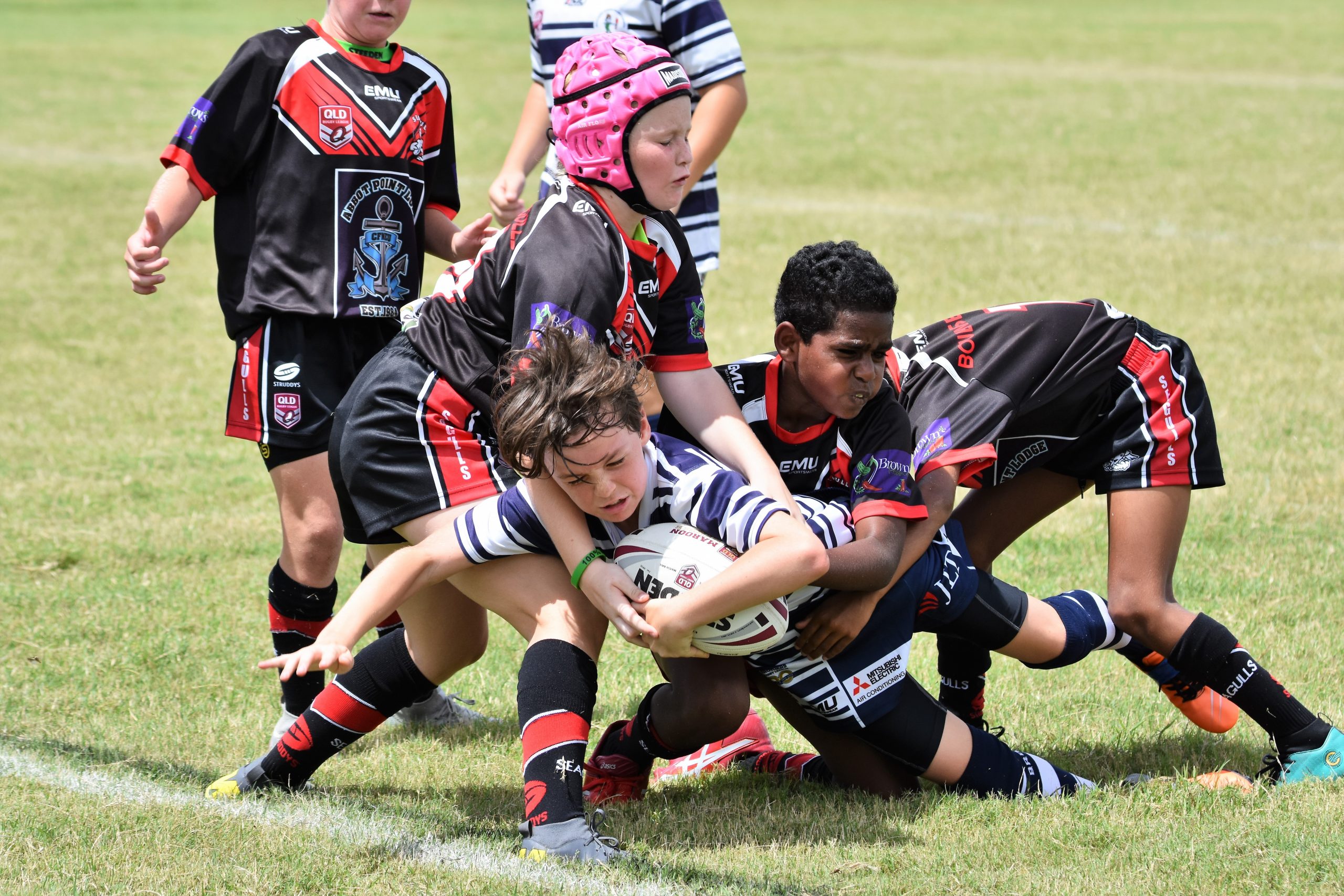
Concussion is a type of mild traumatic brain injury caused by a direct impact to the head or anywhere on the body causing the brain to strike against the skull. A hard knock is not always required.
It commonly causes short-lived disturbances in brain function and the symptoms may evolve over the hours or days following the injury.
Recognising concussion can be difficult as the symptoms and signs are variable, non- specific and may be subtle. It is Important to know that concussions can be instant or delayed and gradual, even up to 72 hours after the impact!
You do not have to be a trained health professional to recognise a person with concussion. Onlookers should suspect a concussion when there is a knock to the head or body that transmits force to the head. This can include falling on the ground, in a tackle or direct hit to the head.
You simply need to be able to
The Sport concussion assessment tool [SCAT5] identifies 22 possible symptoms:
If the person with a suspected concussion shows of any of the following signs or symptoms:
You should not move the player and call an ambulance immediately. These features suggest more serious injury that needs urgent medical attention.
The diagnosis of concussion should be made by a medical practitioner. The SCAT5 is the internationally recommended concussion assessment tool. There is a SCAT5 for children aged 5-12 years old and a SCAT5 for 13+.
Once diagnosed, immediate management is physical and cognitive rest for 24-48 hours. This may include time off school or work and relative rest from cognitive activities (tasks that involve concentration, attention and understanding) e.g. computer and video games, watching television and reading and writing. Physical activity, physiological stress can all worsen symptoms and possibly delay recovery after a concussion.

Immediate management of concussion in children and adults is physical and cognitive rest – and usually means no screen time.
Having rested for 24-48 hours after sustaining a concussion the patient can return to light intensity physical activity as long as the activity does not cause a significant and sustained deterioration in symptoms. The majority of symptoms should resolve in 10-14 days.
The activity phase should proceed as outlined below with a minimum of 24 hours at each level
The activity should only be upgraded if there has been no recurrence of symptoms during that time. If there is a recurrence of symptoms, there should be a ‘step down’ to the previous level for at least 24 hours (after symptoms have resolved).
A consistent and growing body of evidence supports a slower rate of recovery in children and adolescents aged 18 and under.
The child’s return to sport program should be extended so that the child does not return to contact/collision activities less than 14 days from the resolution of all symptoms.
See concussion position statement Link below for full return to sport protocols for children and adults (pages 11-16)
See link below for information on an athletes experience
https://youtu.be/QYxo9eVfe1k
Concussion in sport Australia: Position statement [Internet]. Australian Institute of sport; 2019. Available from: https://www.sportaus.gov.au/__data/assets/pdf_file/0005/683501/February_2019_-_Concussion_Position_Statement_AC.pdf
KEY POINTS
If in doubt, sit them out